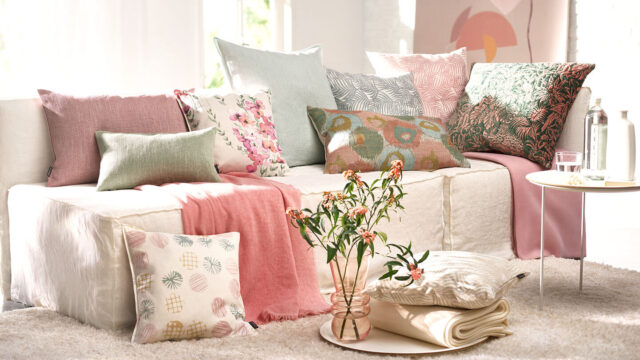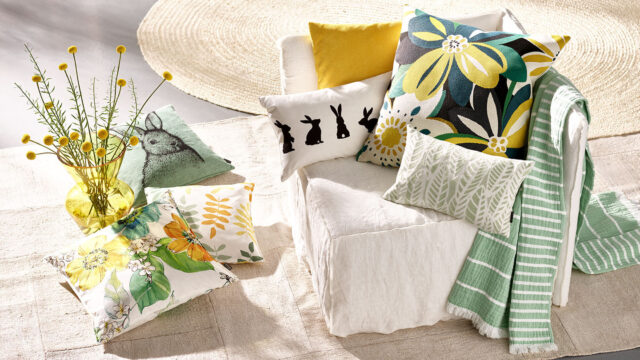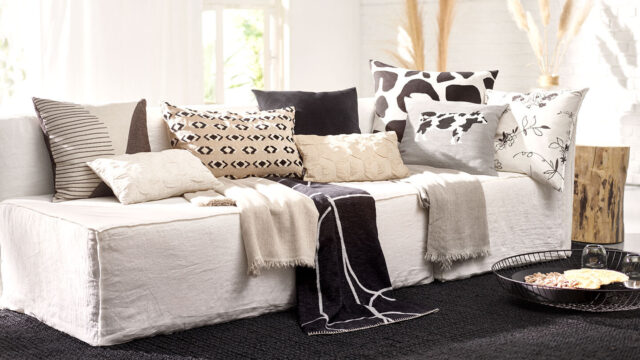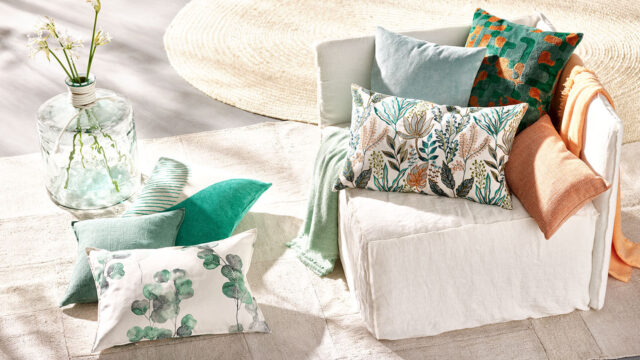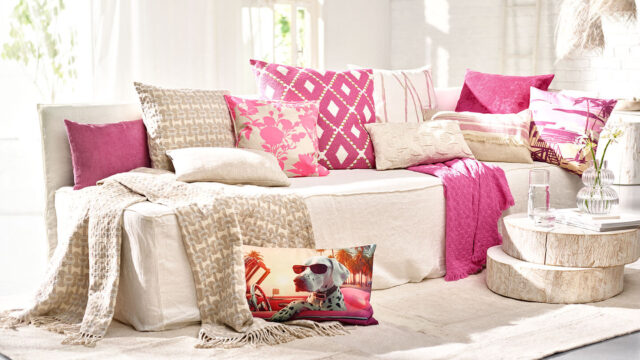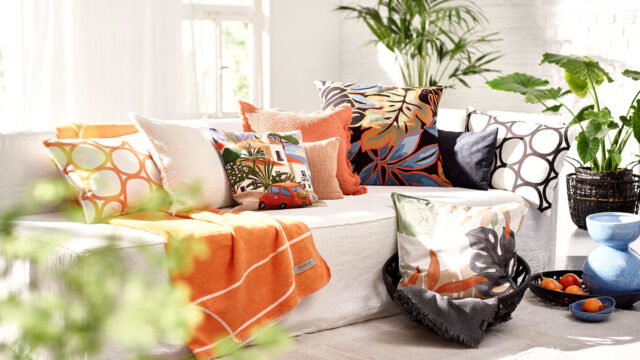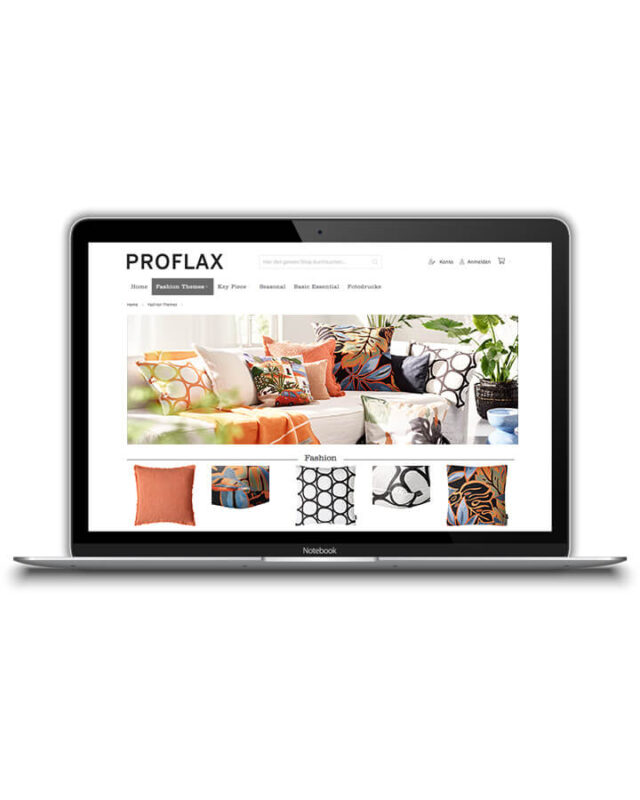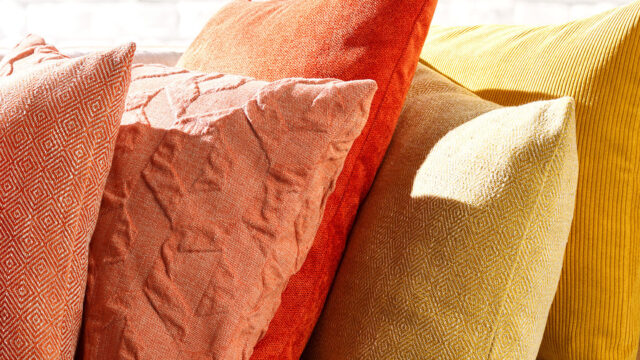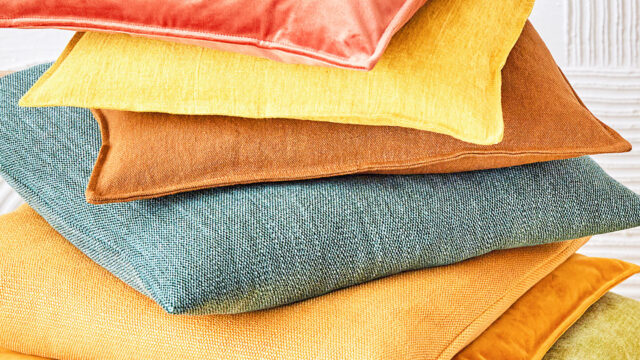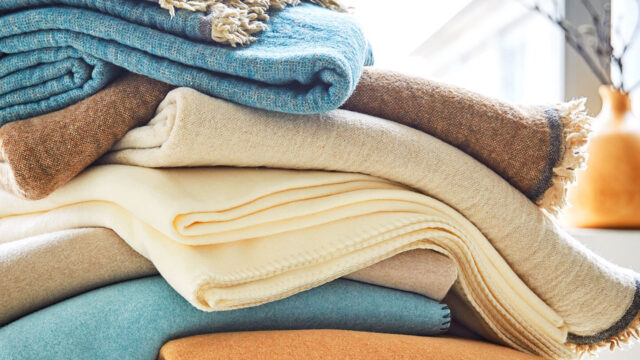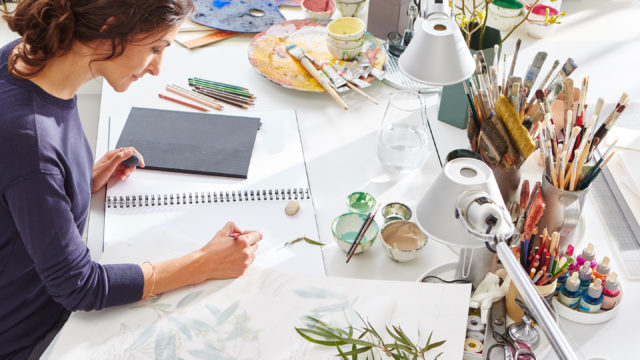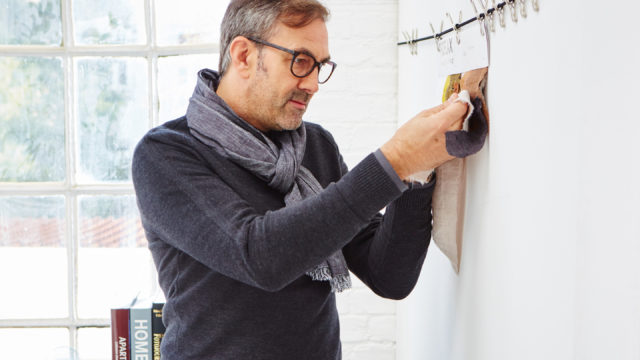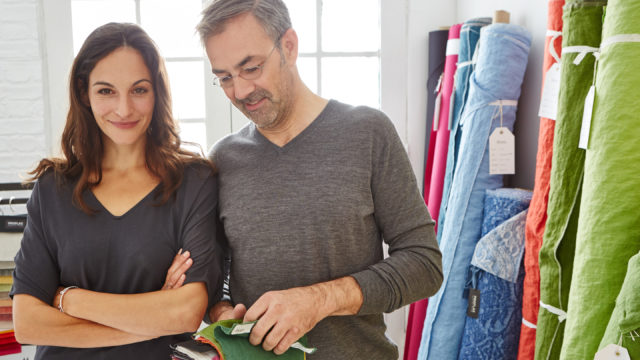Frühling & Sommer 2024: Die neuesten Designs, die schönsten Styles. Kissen, Plaids & Table Fashion von PROFLAX.
Wer ein Faible fürs Home-Styling hat, ist in der Welt von PROFLAX genau richtig. Hier finden Sie coole Looks, edle Materialien – und die Highlights der Frühjahr/Sommer-Saison 2024: Pudrige Pastelltöne mit sanftem Weiß, zarte Wasserpflanzen in vielen Grün Nuancen und – Lieblinge der Interior Szene – die subtile Farbskala der Neutraltöne lässig gestylt mit dem Dauerbrenner-Duo Schwarz-Weiß. Phantasievolle Kissen mit grafischen Mustern, lässigen 3D-Strukturen und stylischen Jacquard-Motiven sehen nicht nur gut aus, sie fühlen sich auch sagenhaft gut an. Unsere neuen Sommerplaids mit angesagten Streifen und feinen Linienmustern in weicher Baumwolle harmonieren perfekt zu unseren Unis, deren legendäre Farbpalette – wie immer! – genau auf die aktuelle Kollektion abgestimmt ist. Am besten gleich mal anschauen!
Willkommen in Ihrem Online-Shop!
So bequem war Nachordern noch nie: Im Händler-Online-Shop haben wir unsere gesamte Kollektion übersichtlich nach Kategorien für Sie sortiert. Dort finden Sie zu jedem Thema nicht nur sämtliche Fashionprodukte, sondern auch gleich die passenden Seasonals und Basics. So können Sie sicher sein, dass Farben und Materialien harmonieren und Ihre individuelle Auswahl immer stimmig ist. Am besten schauen Sie gleich mal rein!
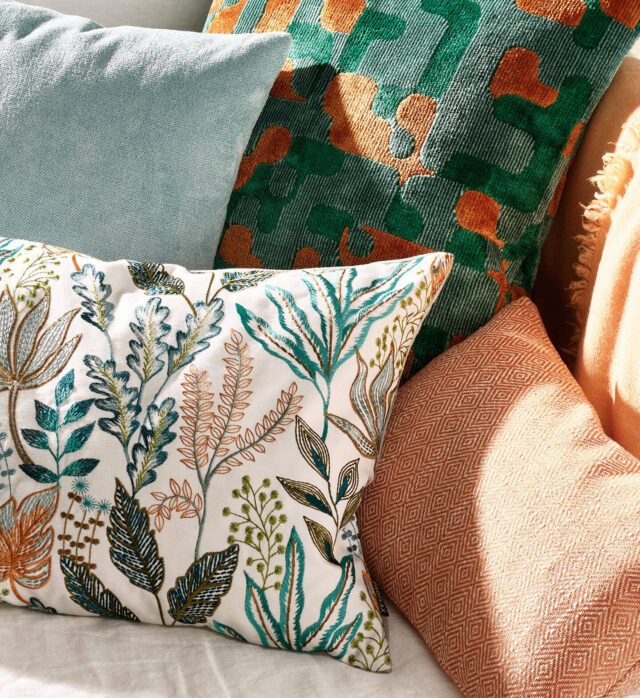
Der perfekte Mix. Seit 1864.
Eigentlich kein Wunder, dass unsere Homeware nicht nur umwerfend chic, sondern auch ausgesprochen kombinierfreudig und tadellos gemacht ist – immerhin verfügen wir über 158 Jahre textile Erfahrung.
Mehr ErfahrenAuch unter Unis und Faux-Unis gibt es saisonale Musthaves. Die schönsten dieser Seasonals haben wir für Sie aufgespürt. Seasonals sind nur eine Saison erhältlich. Alle Standardgrößen sind kurzfristig lieferbar.
zu den SeasonalsMit ihren über 489 Uni-Tönen sind unsere Basic Essentials einfach ideal zum Kombinieren! Die Farbpalette wird in jeder Saison angepasst. Basics sind ganzjährig erhältlich und in Standardgrößen kurzfristig lieferbar.
Kollektion anschauen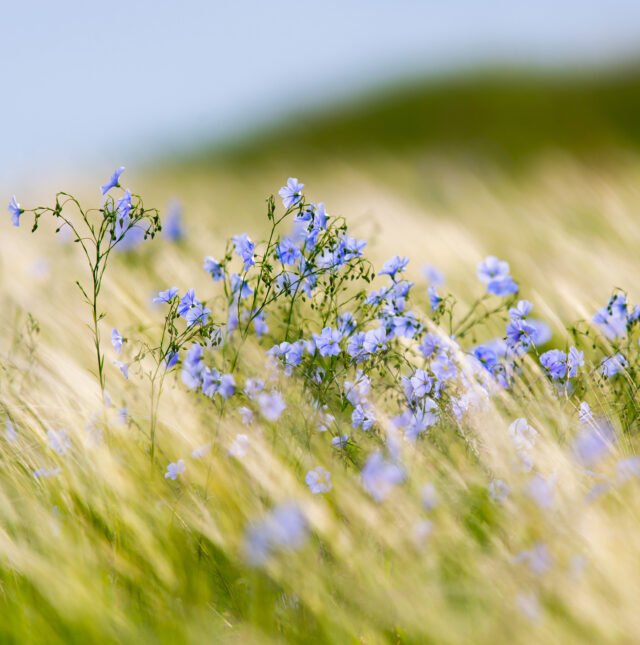
Our Home. Our Planet.
Schon seit vielen Jahren setzt sich Proflax für einen besonders schonenden und nachhaltigen Umgang mit unserer Umwelt ein. Gemeinsam mit unseren Zulieferern arbeiten wir laufend daran, den ökologischen Fußabdruck unserer Produkte zu verbessern – bis ins letzte Detail.
Made in Europe Save the animals Low Waste Eco Prints With recycled Materials2 Kollektionen, 280 Neuheiten, 12 Trendthemen. Pro Jahr.
Das Proflax-Team kreiert zweimal jährlich eine brandneue Kissen-, Tischwäsche- und Plaid-Kollektion mit je 6 verschiedenen Trendthemen und 140 Innovationen. Sämtliche Fashionprodukte werden ergänzt durch genau darauf abgestimmte Seasonals, die trendigen Musthaves im Faux-Uni Sortiment. Das erfolgreiche Standard-Basic-Sortiment mit mehr als 489 Uni-Tönen wird jede Saison durch wechselnde Trendfarben abgerundet. So wird Kombinieren zum Kinderspiel!

